10 Best Herbal Creams For Endometriosis Pain

Herbal creams for endometriosis pain are natural topical treatments that may help alleviate discomfort by reducing inflammation and soothing the affected area.
These creams often contain ingredients like turmeric, ginger, and evening primrose oil, which are known for their anti-inflammatory and analgesic properties. While they are not a cure for endometriosis, they can provide symptomatic relief and complement conventional treatments. However, it is important to consult with a healthcare provider before using herbal creams to ensure they are safe and appropriate for individual health conditions.
Overall, herbal creams offer a gentle, alternative approach for managing endometriosis-related pain.
FREE Herb Drying Checklist
How to make sure every batch retains maximum flavor, color, and aroma without the risk of mold or over-drying. Eliminate guesswork and trial-and-error, making herb drying faster, easier, and more efficient every time.
Table of Contents
1. Curcuma longa
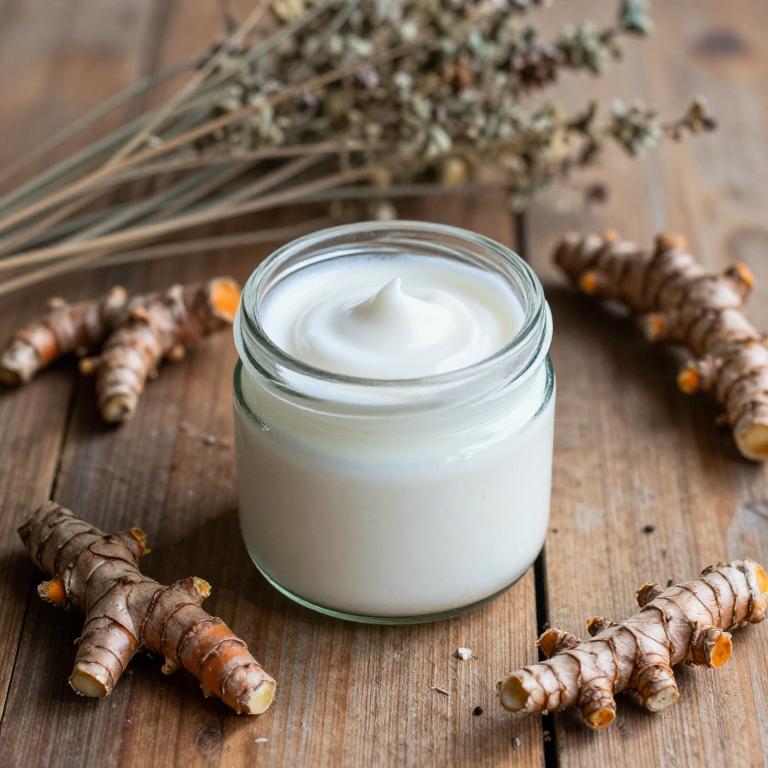
Curcuma longa, commonly known as turmeric, contains curcumin, a bioactive compound with potent anti-inflammatory and analgesic properties.
Herbal creams infused with curcuma longa are increasingly being used as a complementary therapy for managing endometriosis-related pain due to their ability to reduce inflammation and inhibit pain signals. These topical applications offer a natural alternative to conventional pain medications, minimizing the risk of side effects associated with long-term pharmaceutical use. Studies suggest that curcumin may help alleviate pelvic pain and menstrual cramps by modulating inflammatory pathways in the body.
However, while promising, it is important to consult with a healthcare provider before using curcuma longa creams, as individual responses and interactions with other treatments can vary.
2. Zingiber officinale
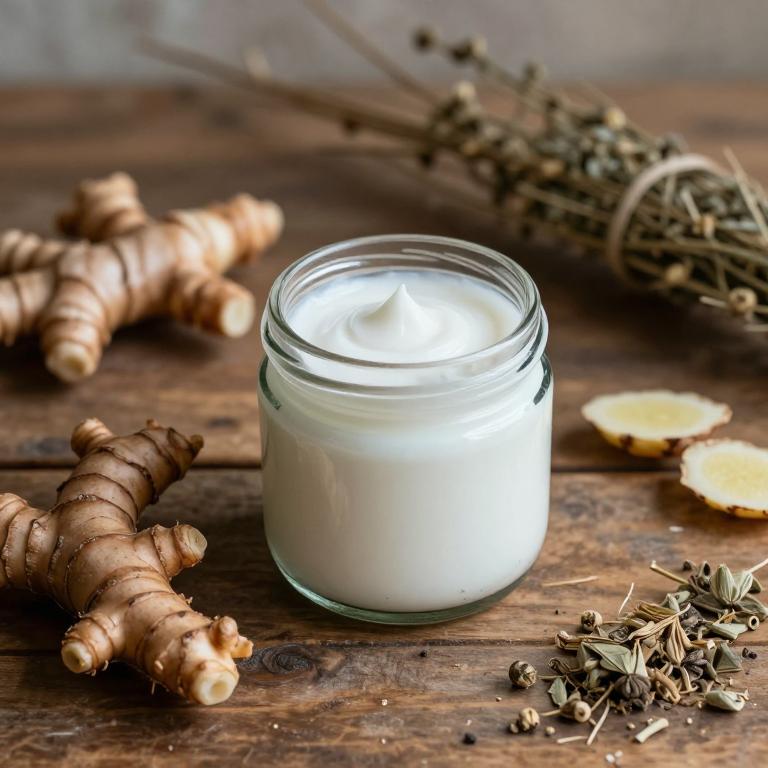
Zingiber officinale, commonly known as ginger, has been traditionally used for its anti-inflammatory and analgesic properties, making it a popular ingredient in herbal creams for managing endometriosis-related pain.
These creams often combine ginger extract with other natural compounds like turmeric or arnica to enhance their effectiveness in reducing inflammation and soothing discomfort. Studies suggest that the active compounds in ginger, such as gingerol and shogaol, may help alleviate pain by inhibiting inflammatory pathways in the body. While not a cure, ginger-based topical treatments can serve as a complementary therapy to conventional pain management approaches for individuals with endometriosis.
However, it is important to consult a healthcare provider before using these creams, especially if you are on medications or have sensitive skin.
3. Vitex agnus-castus
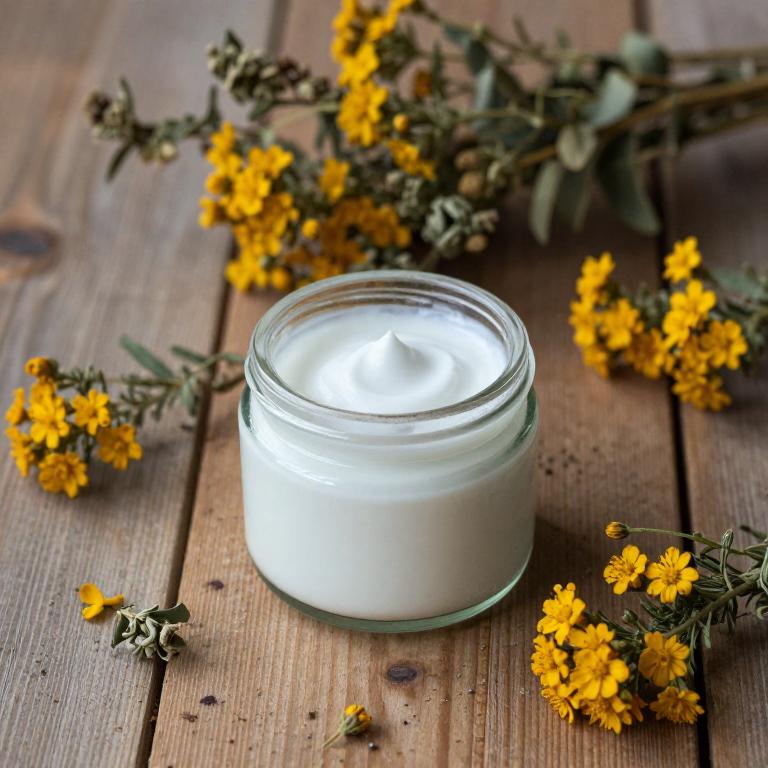
Vitex agnus-castus, commonly known as chasteberry, has been used traditionally to support hormonal balance and may offer relief for endometriosis-related pain.
Herbal creams containing vitex are often formulated with other complementary ingredients like evening primrose oil or turmeric, which are known for their anti-inflammatory properties. These creams can be applied topically to the lower abdomen or pelvic area to help reduce inflammation and ease discomfort associated with endometriosis. While they are not a substitute for medical treatment, they may serve as a supportive therapy for managing pain and improving overall well-being.
It is important to consult with a healthcare provider before using any herbal remedy, especially if you have underlying health conditions or are taking other medications.
4. Silybum marianum
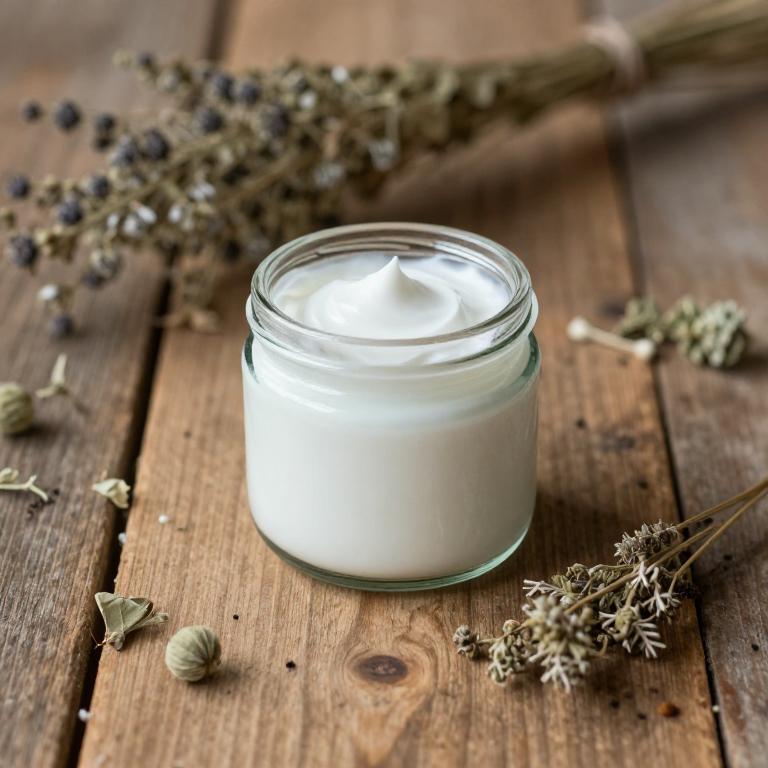
Silybum marianum, commonly known as milk thistle, is a herbal remedy that has been explored for its potential benefits in managing endometriosis-related pain.
The active compound in silymarin, a flavonoid complex found in milk thistle, is believed to possess anti-inflammatory and antioxidant properties that may help reduce the inflammation associated with endometriosis. While research on its effectiveness for endometriosis pain is limited, some studies suggest that silymarin may support liver function and reduce oxidative stress, which could indirectly alleviate symptoms. Herbal creams containing silybum marianum are often used topically to target localized pain and inflammation, though their efficacy for endometriosis specifically requires further clinical validation.
As with any complementary therapy, it is important to consult a healthcare provider before using silybum marianum, especially if combined with other treatments.
5. Urtica dioica
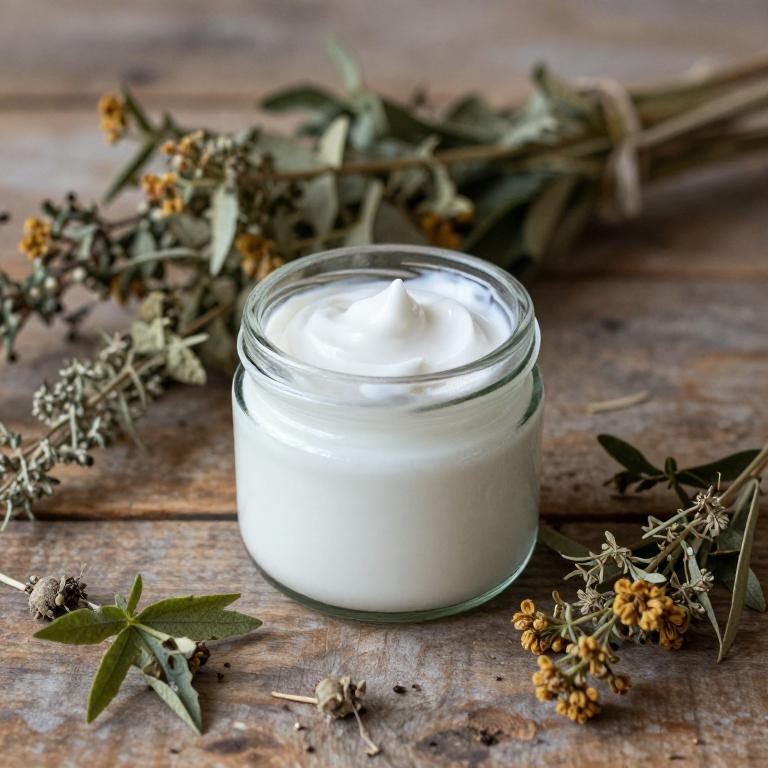
Urtica dioica, commonly known as stinging nettle, has been traditionally used in herbal medicine for its anti-inflammatory and analgesic properties.
Some herbal creams containing Urtica dioica are marketed as natural remedies for managing endometriosis-related pain, due to their potential to reduce inflammation and soothe pelvic discomfort. These creams may help alleviate symptoms by inhibiting the release of inflammatory compounds in the body. However, it is important to consult with a healthcare provider before using any herbal remedy, as individual responses can vary and interactions with other medications may occur.
While some users report relief from pain, scientific evidence supporting the efficacy of Urtica dioica creams for endometriosis is still limited and requires further research.
6. Cimicifuga racemosa
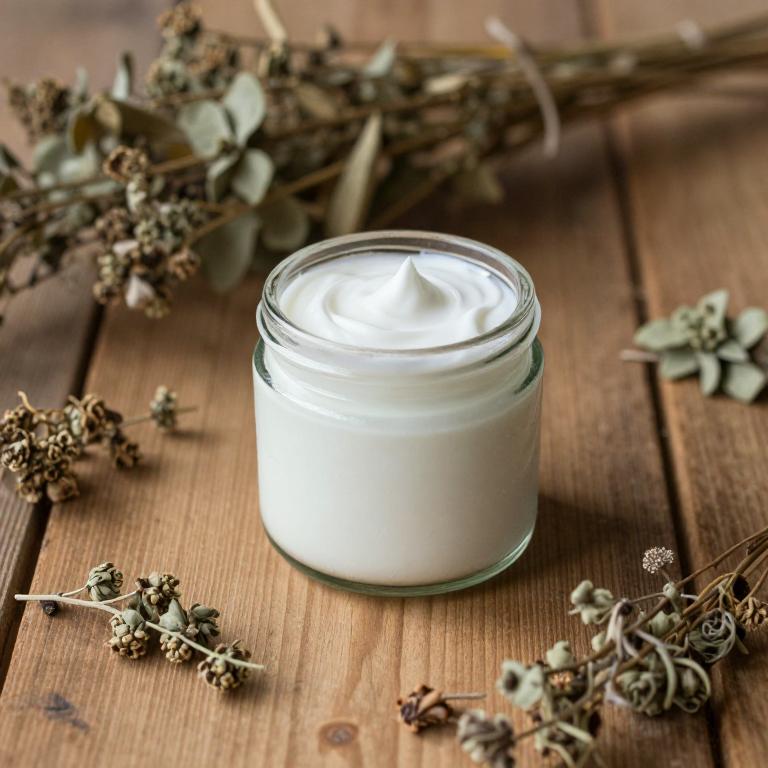
Cimicifuga racemosa, commonly known as black cohosh, is often used in herbal creams to help alleviate the pain associated with endometriosis.
These creams typically contain a concentrated form of the plant's root extract, which is believed to have anti-inflammatory and analgesic properties. Some studies suggest that cimicifuga racemosa may help regulate hormonal imbalances, which are often linked to endometriosis-related discomfort. However, it is important to consult with a healthcare provider before using these creams, as they may interact with other medications or have side effects.
While some individuals report relief from symptoms, more research is needed to fully understand its efficacy and safety for endometriosis pain management.
7. Salvia officinalis
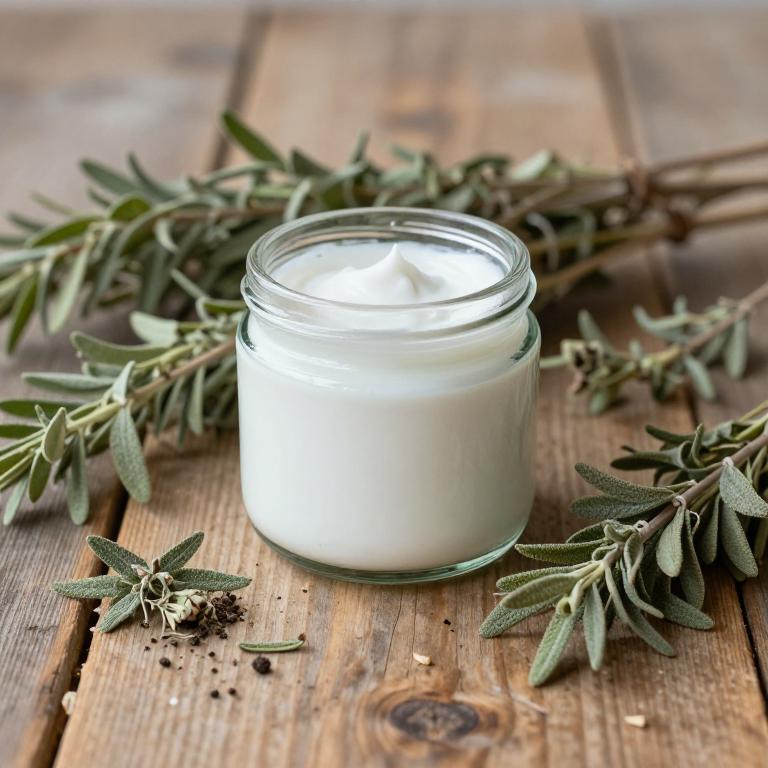
Salvia officinalis, commonly known as sage, has been traditionally used for its anti-inflammatory and analgesic properties, making it a potential natural remedy for managing endometriosis pain.
Herbal creams containing salvia officinalis may help reduce inflammation and soothe the discomfort associated with endometriosis by interacting with the body's pain receptors. These creams are often preferred by individuals seeking non-pharmacological alternatives to conventional pain medications. While research on their efficacy is still emerging, some studies suggest that salvia officinalis may support overall hormonal balance and reduce menstrual cramps.
As with any herbal treatment, it is advisable to consult a healthcare professional before incorporating salvia officinalis into a pain management regimen for endometriosis.
8. Nymphaea alba
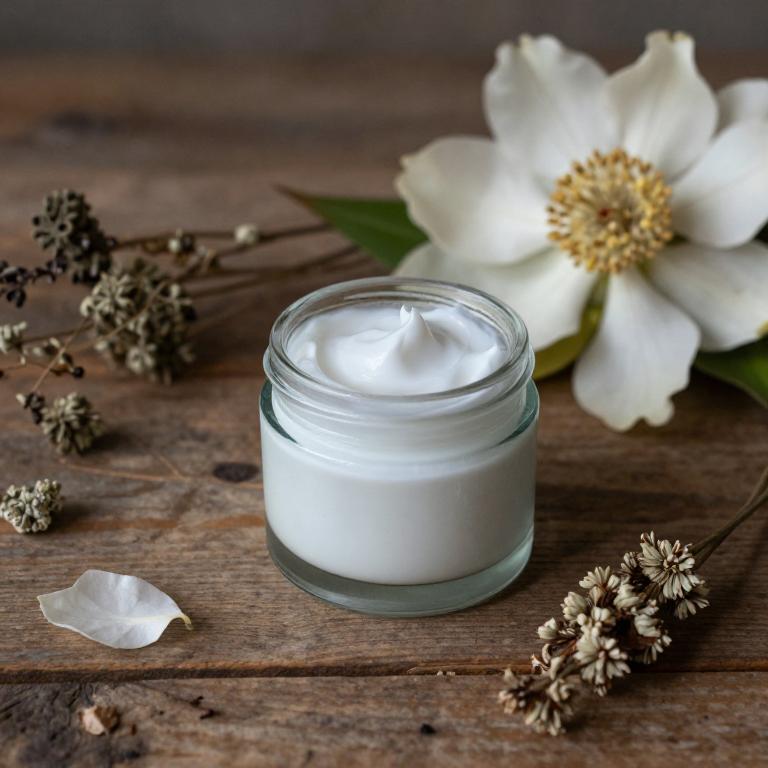
Nymphaea alba, commonly known as the white water lily, has been traditionally used in herbal medicine for its soothing and anti-inflammatory properties.
Herbal creams containing Nymphaea alba are being explored as a natural remedy for managing endometriosis-related pain due to their potential to reduce inflammation and promote healing. These creams may help alleviate pelvic discomfort and cramping by supporting the body's natural regenerative processes. While scientific research on their efficacy is still emerging, many users report a sense of relief and improved comfort when using these formulations.
As part of a holistic approach to endometriosis management, Nymphaea alba herbal creams may offer a complementary option for those seeking alternative pain relief methods.
9. Echinacea purpurea
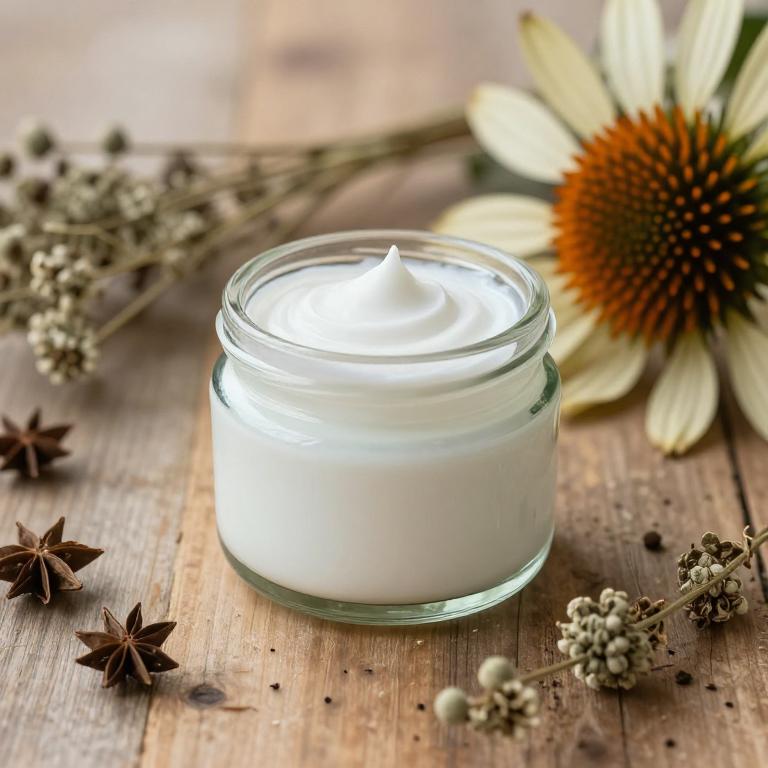
Echinacea purpurea, commonly known as purple coneflower, is traditionally used in herbal medicine for its anti-inflammatory and immune-boosting properties.
While it is more widely recognized for supporting immune health, some individuals with endometriosis have reported using echinacea-based creams to alleviate pelvic pain and inflammation associated with the condition. These topical creams may help reduce localized pain and swelling by leveraging the plant's natural compounds, such as alkamides and flavonoids, which have demonstrated anti-inflammatory effects in preliminary studies. However, it is important to note that there is limited clinical research specifically on echinacea's efficacy for endometriosis pain, and it should not replace conventional medical treatments.
As with any herbal remedy, it is advisable to consult a healthcare provider before incorporating echinacea into a pain management regimen for endometriosis.
10. Nigella sativa
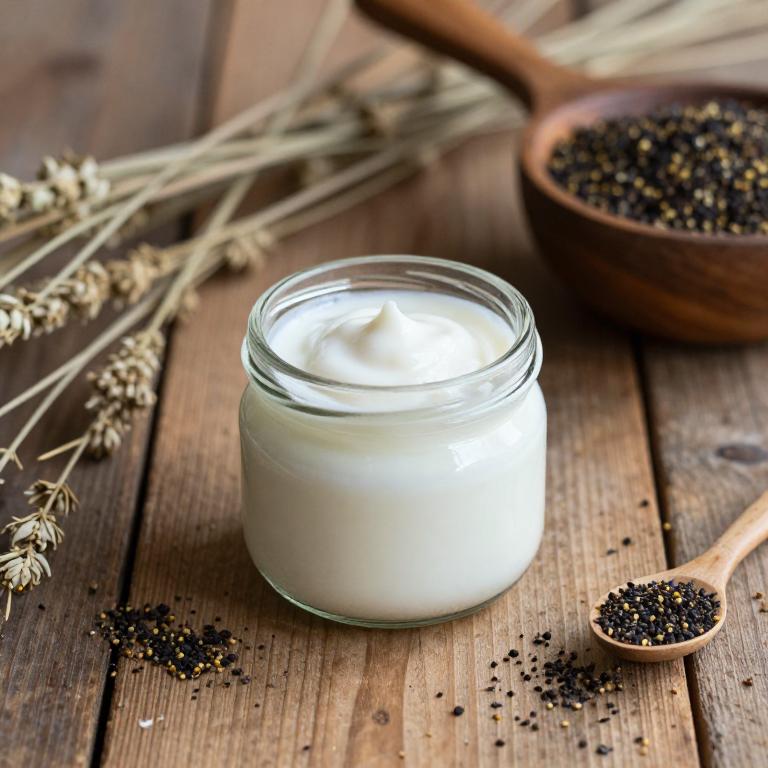
Nigella sativa, commonly known as black cumin, has been traditionally used in herbal medicine for its anti-inflammatory and pain-relieving properties.
Some studies suggest that the active compound in nigella sativa, thymoquinone, may help reduce inflammation and oxidative stress, which are often associated with endometriosis. While there is limited clinical research on its use specifically for endometriosis pain, some women report relief from topical applications of nigella sativa-based creams. These creams are often marketed as natural alternatives to conventional pain medications, offering a gentler option for managing chronic pelvic pain.
However, it is important to consult with a healthcare provider before using any herbal remedy, as individual responses can vary and potential interactions with other treatments should be considered.